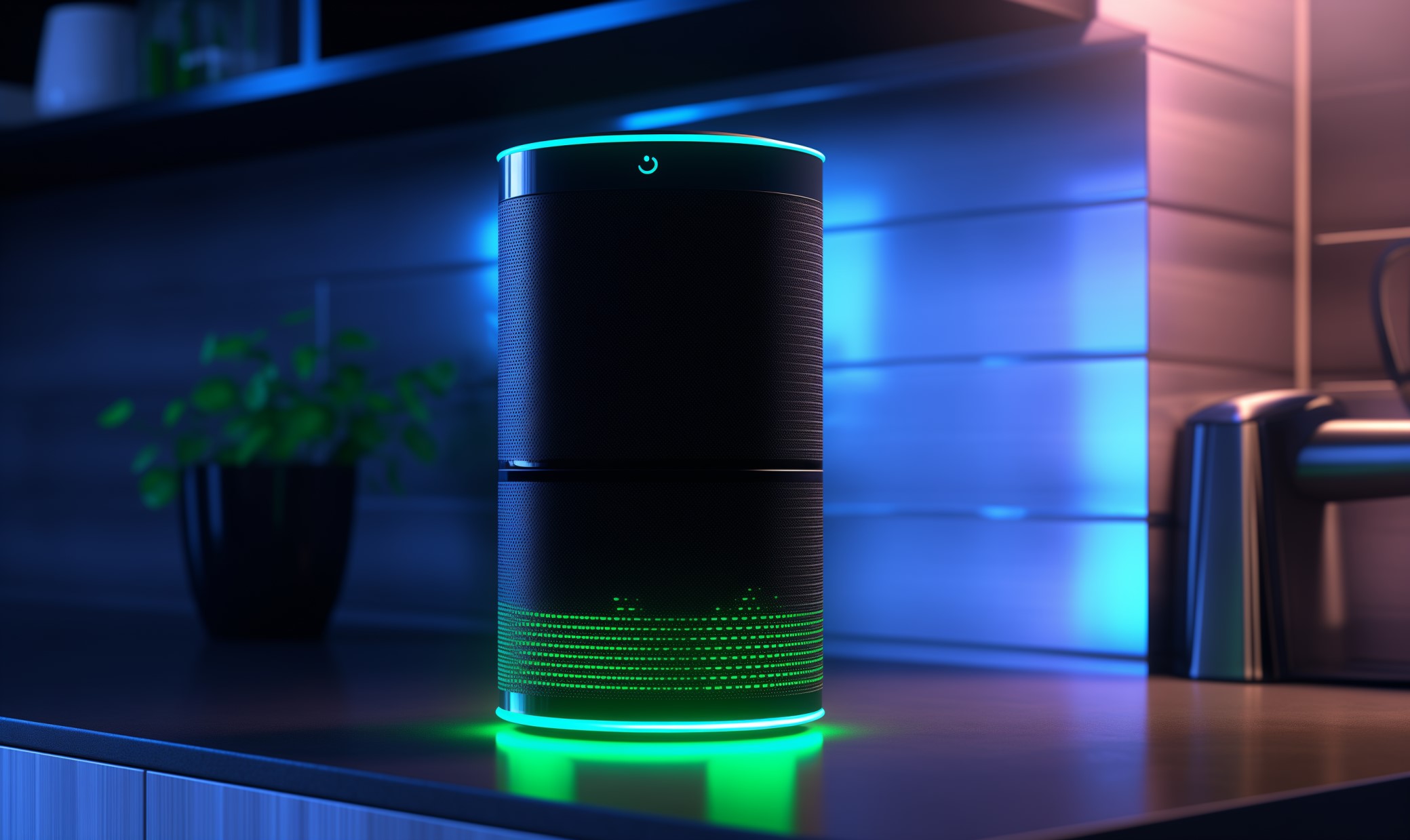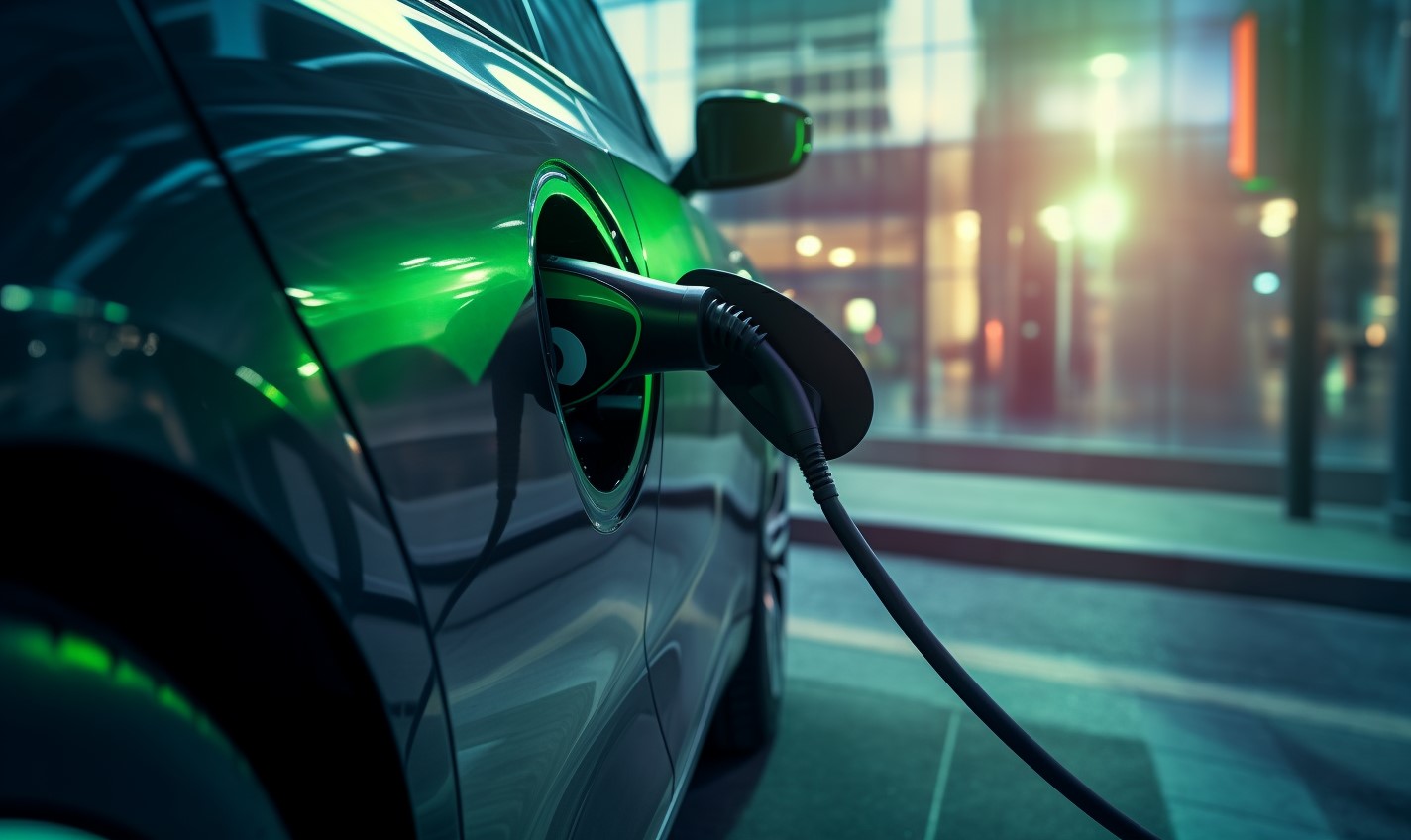Machine learning tech allows computers to dynamically create new models, algorithms and programs based on massive datasets and new information. The technology will allow systems to almost learn in the way that people do.
Self-driving cars are probably the best example of transportation tech that’s powered by machine learning — but they’re not the only new piece of tech that AI breakthroughs have made possible.
Smart city transportation systems, which automatically adjust themselves based on new information, are also becoming popular. Soon, they may make cities a lot easier to navigate
Here is how machine learning is transforming modern transportation.
Machine Learning Powers Self-Driving Vehicles
Machine learning is a crucial component of self-driving cars.
Almost every element of an autonomous vehicle needs to be highly dynamic — that is, excellent at responding to situations as they happen.
Cameras need to quickly identify if an unusual shape is a pavement marking, another vehicle or pedestrian. With this information, the car needs to also adjust a number of its systems — like by moving the steering wheel to keep the car in its lane, or adjusting its speed based on the speed limit and behavior of other drivers.
Machine learning is needed to process the massive amount of visual information the car is pulling in and to properly adjust the speed and direction of the vehicle.
For some experimental vehicles, these machine learning algorithms are so complex that the computer hardware built into the vehicle can’t handle them alone. Instead, they may need a connection to cloud-based processing power or nearby nodes to have the processing power they require.
Self-Driving Cars Move Closer to Market
While self-driving cars aren’t available to consumers yet, they are already on the streets. Several companies are already using experimental autonomous cars to deliver food, medications and other essentials.
A number of major transportation companies and startups — including Uber — have also started to roll out pilot projects that test the feasibility of taxis without drivers. Big tech is also investing heavily in the market. Amazon recently invested in autonomous robotaxi developer Zoox. Google parent company Alphabet owns Waymo, another developer of self-driving cars that has been testing its vehicles in Phoenix.
Machine Learning in Smart Transportation Management
Machine learning can also collect and analyze information to automatically adjust systems — like, for example, collecting data on traffic flow to optimize a city’s traffic system.
Have you ever been stuck at a light, even though there’s no one around? A smart system can avoid these problems by dynamically adjusting light timing based on analysis of traffic flow from traffic cameras.
If a road is much busier than normal, it can nudge the timing — for example, making the green light for that road a little longer — ensuring that traffic continues to flow.
Rather than building a rigid, unchanging traffic light pattern based on traffic data, these systems can constantly adjust light timing.
Other smart transportation systems — like traffic signs and speed limit signs — could also be adjusted based on new information.
Smart signs with remote-controlled LEDs could adjust speed limits on the fly. Other signs can provide drivers with instant updates on accidents, delays, lane closures and other traffic information. Tolls could be adjusted dynamically based on traffic congestion.
The rise of autonomous cars may make these systems even more valuable. Self-driving cars collect a massive amount of information. They could constantly send data about vehicle location and congestion to the city.
A few of these systems are future tech. Some cities, however, are already starting to implement smart traffic technology.
For example, Montreal recently adopted a smart traffic system that collects data on traffic flow and helps city officials tweak signal timing. The city is using the system to improve traffic flow and help emergency vehicles reach their destinations quicker.
How Machine Learning in Transportation Will Evolve
Machine learning tech will become more prevalent in transportation over the next few years. Pilot programs for robotaxis and other self-driving vehicle services will wrap up. At the same time, cities will know more about how smart traffic systems can help and find new ways to apply the tech.
For consumers, cars powered by machine learning are still at least a decade off. Everyone, however, will start to see big changes to transportation in the coming years.
Recent Stories
Follow Us On
Get the latest tech stories and news in seconds!
Sign up for our newsletter below to receive updates about technology trends














